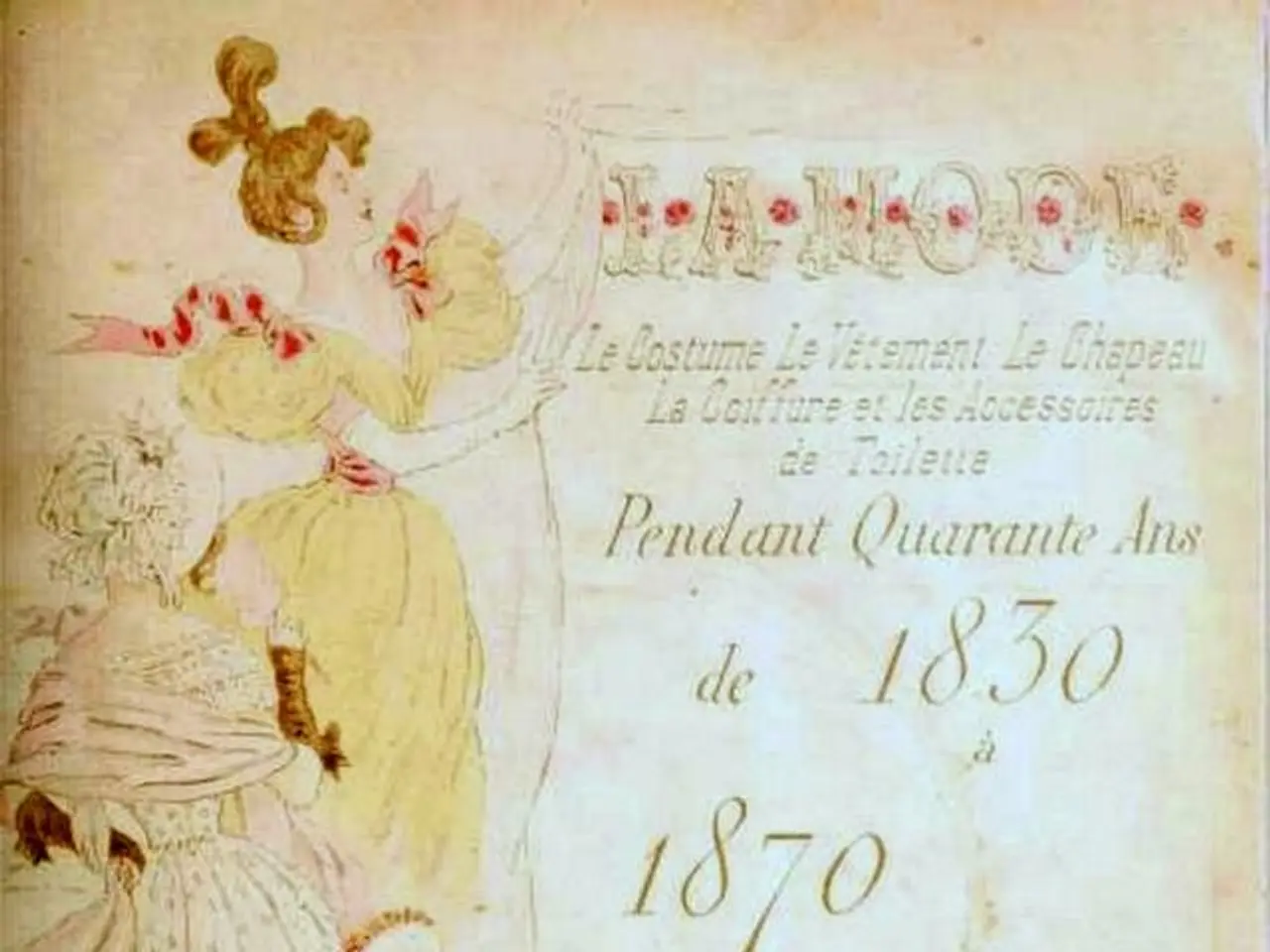Women's Participation in the Labor Force during World War II
===============================================================================
During World War II, a significant shift in the workforce was observed as women began to enter the workforce in large numbers for the first time. This transformation, which took place in the United States, was primarily driven by the war effort and labor shortages caused by the drafting of millions of men into the military.
In Mobile, Alabama, an estimated 90,000 workers, many of them women, swarmed into the city to work in local war factories. One such factory was the ALCOA plant, which produced 34% of the nation’s aluminum, a metal crucial for the production of airplanes. Without the women who worked alongside the men at these plants, the productivity and success of these facilities would have been significantly compromised.
The government, recognising the urgency of the situation, launched recruitment campaigns to encourage women to join the workforce. These campaigns emphasised patriotism and the necessity for women to free up men for combat duty, portraying women’s work as a patriotic duty. Messaging was targeted at both women and conservative audiences, including families and churches, using media like radio, newspapers, posters, and brochures.
Attitudes towards women working during this time were a complex mix of patriotic approval and social conservatism. The government and campaign leaders aimed to maintain a "ladylike" image of women workers to reassure traditional audiences and counteract fears that working women would abandon femininity. Despite some traditional skepticism or ambivalence about women working outside the home, wartime necessity generally overrode these reservations.
Women themselves saw working as a contribution to the national cause and an opportunity to take on new roles, though they also faced challenges such as workplace discrimination and societal expectations. A document titled "Women Want to Get It Over" was found in the National Archives, providing insights into the attitudes of women during this period.
The War Manpower Commission, a Federal Agency, was established to increase the manufacture of war materials and recruit women into employment vital to the war effort. A document named "Womanpower" spans over 8 pages, detailing the Commission’s efforts and strategies.
However, after the war ended, women were let go from their jobs, and their positions were returned to men. Despite this, the temporary or lasting economic and social mobility that many women gained during World War II had a lasting impact on the role of women in the workforce.
In conclusion, the recruitment of women into the workforce during World War II was a pivotal moment in history, marked by a shift in attitudes, a surge in the number of women in the workforce, and a significant contribution to the war effort. The campaigns emphasised patriotism, the urgent need for labor, and women’s contribution to the war effort, while advertisements and messaging sought to reassure society by emphasising traditional feminine values alongside women’s new roles. Despite lingering conservative views on gender roles, many women accepted work as a vital national service and gained temporary or lasting economic and social mobility.
- The surge in women joining the workforce during World War II not only boosted productivity in businesses like the ALCOA plant but also led to advancements in workplace wellness, as health-and-wellness programs were implemented to ensure the well-being of these new employees.
- As the economic landscape shifted due to women's entry into the workforce, finance became a critical factor in issues related to women's health and wellness, with business leaders recognizing the need for targeted initiatives to support working women, such as providing affordable childcare services and promoting flexible work arrangements.
- The lessons learned from the wartime recruitment of women have resonated throughout subsequent decades, influencing modern workplace-wellness strategies and emphasizing the importance of diversity and inclusion in business, particularly in the realm of women's health and wellness.




